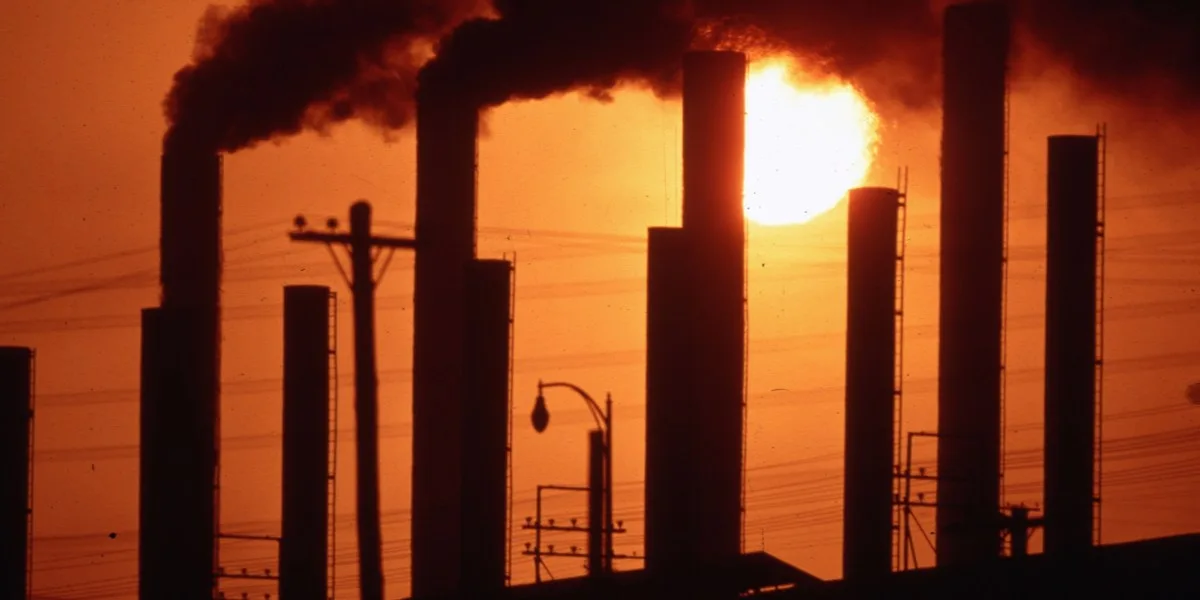Global Carbon Dioxide Emissions Expected to Rise in 2023
Rising carbon dioxide emissions
The Global Carbon Project predicts that worldwide carbon dioxide emissions from burning fossil fuels will reach a new peak in 2023. It is estimated that emissions will increase by 1.1% compared to 2022, resulting in 36.8 billion metric tons of carbon dioxide being released into the atmosphere. This level is also 1.4% higher than pre-pandemic levels in 2019.
Exceeding carbon budgets
According to the Global Carbon Budget annual report, the planet is on track to exceed its carbon budget for achieving 1.5 degrees Celsius of warming by 2030 and the budget for 1.7 degrees Celsius in 15 years. The report was released during the ongoing COP28 climate conference in Dubai.
The need for emissions reduction
While there has been a slight slowdown in the upward trend of emissions, a consistent and significant reduction is required to meet the 1.5 degrees Celsius target set in the Paris Agreement. The United Nations Environment Program suggests a yearly reduction of approximately 9% is necessary. Emissions fell by 5.4% during the COVID-19 pandemic in 2020 but have started to rise again.
Country-specific emissions
Several countries have seen a decline in fossil-fuel emissions, but the overall global emissions have still increased in 2023. The European Union saw a 7.4% decrease in emissions, but India has surpassed the EU as the third-largest emitter due to increases in coal, oil, and cement CO2. China remains the highest emitter at 31%, followed by the US at 14%.
The challenge of renewable energy
Renewable energy has grown rapidly but has not replaced fossil fuels as expected. Despite the substantial growth in renewables, fossil fuels continue to play a significant role. Glen Peters, a senior researcher at the CICERO Centre for International Climate Research, emphasizes the need for policies that reduce fossil fuel use in order to address climate change effectively.
Land use and deforestation
The estimated emissions for 2023 rise to 40.9 billion tons when changes in land use are considered. Deforestation is a major contributor, emitting 4.2 billion tons of carbon per year over the past decade. This amount is more than double the CO2 absorption by new or healthier forests.
Emissions from aviation, shipping, and wildfires
For the first time, this year’s Global Carbon Budget report includes emissions from aviation and shipping, which have increased by 28% and 1% respectively. Additionally, global wildfire emissions reached unprecedented levels due to intense fires in Canada, reaching up to 8 gigatons, roughly 70% of China’s fossil fuel emissions.
The challenges of carbon removal
The Global Carbon Project’s report also challenges the assumption that technologies for removing carbon dioxide from the atmosphere can fully substitute for reducing greenhouse gas emissions. There are four primary reasons: the issue of permanence, the potential for increased heat absorption through dark land, the potential increase in other greenhouse gas emissions, and the possible asymmetry between carbon removal and temperature reduction.
Overall, the report emphasizes the complexity of achieving net-zero emissions and highlights the importance of reducing emissions from the start rather than relying solely on carbon removal technologies.







